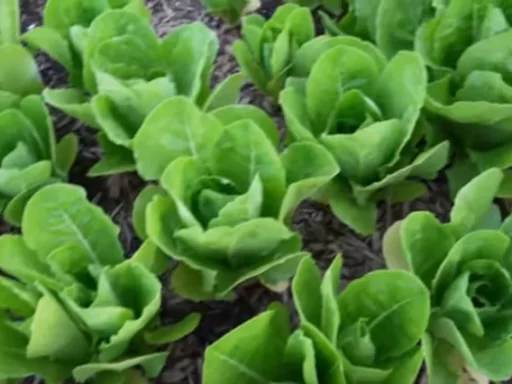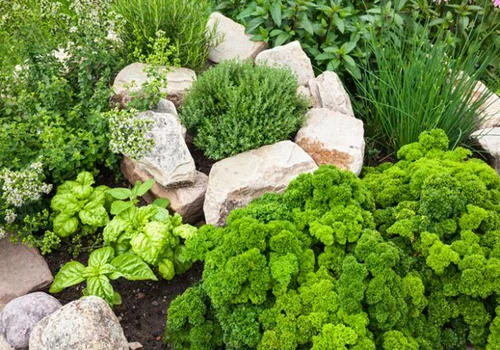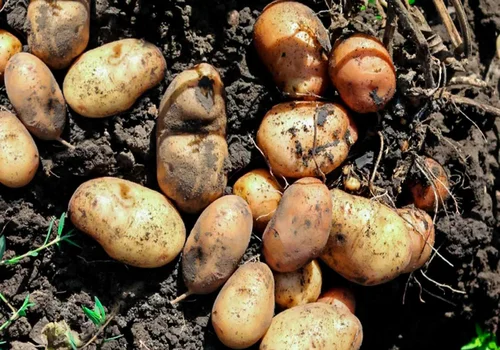Blueberries are a popular and versatile fruit, renowned for their delicious taste, health benefits, and adaptability. Whether you’re a seasoned gardener or just getting started, growing blueberries can be an enjoyable and rewarding experience. This guide will cover everything you need to know, from selecting the right blueberry variety to planting and maintaining them, ensuring your blueberry plants thrive and provide bountiful harvests.
The Versatility of Blueberries
Blueberry plants are highly adaptable, making them suitable for various climates and conditions. They can be grown in containers, integrated into landscaping, or even on large farms. Their compact size, pest resistance, and cold and heat tolerance allow them to flourish across a wide range of environments, from Canada to Mexico and beyond. Whether you live in a small apartment or have vast acres of land, blueberries can fit into your garden plans.
The Three Major Challenges of Growing Blueberries
Despite their adaptability, growing blueberries successfully comes with challenges. Three key factors need to be addressed for your blueberry plants to thrive: variety selection, pollination, and soil pH.
1. Variety Selection
There are five main varieties of blueberries grown in the United States:
- Northern Highbush: Grows 5-9 feet tall and is ideal for colder climates (Zones 4-7), requiring 600-1,000 chill hours per year.
- Southern Highbush: Grows in milder climates (Zones 7-10) with fewer chill hours (200-600), making it suitable for warmer winters.
- Rabbiteye: Thrives in long, hot summers and mild winters (Zones 6-9), offering excellent disease resistance and longer lifespans.
- Lowbush: Small (1-2 feet), cold-hardy plants (Zones 3-6) producing small berries, ideal for baking rather than fresh consumption.
- Half-High: A hybrid between highbush and lowbush, this variety is perfect for container growing and harsh northern climates.
Choosing the correct variety for your climate and growing conditions is critical. Make sure you know the average chill hours in your region and select the appropriate variety to ensure your plants flourish.
2. Pollination Requirements
Most blueberry varieties require cross-pollination to produce fruit, meaning you need to plant at least two different varieties that bloom simultaneously. While some varieties, such as highbush, may be self-fertile, cross-pollination results in better yields. For instance, if you choose an early-season variety, it’s essential to pair it with another early-season plant to ensure the flowers bloom at the same time.

In warmer climates, a good combination could be southern highbush and rabbiteye varieties, which allow for an extended harvest season. For the best results, plant two early-producing varieties and two late-producing varieties.
3. Soil pH
One of the most challenging aspects of growing blueberries is maintaining the right soil pH. Blueberry plants require acidic soil with a pH range of 4.3 to 5.3. Most native soils are neutral or alkaline, meaning you will need to add soil amendments to achieve the desired acidity.
Elemental sulfur is a natural way to lower soil pH over time. It’s best to apply sulfur at least two months before planting to allow it to break down in the soil. If you need to plant immediately, mix the sulfur into the planting hole and top the soil with pine bark mulch, which also helps to maintain acidity.
Step-by-Step Guide to Planting Blueberries
Now that you understand the importance of variety selection, pollination, and soil pH, let’s go through the steps of planting blueberries.
Step 1: Choose the Right Location
Blueberry plants prefer full sun but can tolerate partial shade. Select a spot that gets at least six hours of sunlight daily. Blueberries also prefer well-drained soil, so avoid areas prone to waterlogging.
Step 2: Prepare the Soil
Test your soil’s pH and add sulfur if necessary to achieve a pH between 4.3 and 5.3. For long-term management, continue to monitor soil pH and add acidifying supplements as needed.
Step 3: Dig the Planting Hole
The hole should be twice as wide and the same depth as the blueberry plant’s root ball. If planting multiple bushes, space them according to the variety’s requirements. Highbush varieties need about 4-6 feet between plants, while rabbiteye varieties require more space, about 6-10 feet.
Step 4: Plant the Blueberries
Remove the plant from its container and gently loosen the roots. Place it in the hole, making sure the top of the root ball is level with the soil surface. Backfill the hole with a mixture of soil and organic matter, such as compost or peat moss.
Step 5: Water and Mulch
Water the newly planted blueberry bush thoroughly and cover the soil with a 2-3 inch layer of mulch. Pine bark or sawdust works best, as it helps maintain soil moisture and acidity.
Step 6: Pruning and Maintenance
Blueberry bushes need regular pruning to remove dead or weak branches and encourage healthy growth. Prune during the dormant season to keep your plants healthy and productive.
Step 7: Fertilizing
Use fertilizers designed for acid-loving plants. Avoid high-nitrogen fertilizers, as they can promote leaf growth at the expense of fruit production. Instead, focus on balanced fertilizers that contain phosphorus and potassium to support fruit development.
Harvesting Blueberries
Blueberries are typically ready to harvest in late spring to early summer, depending on the variety. When the berries are fully ripe, they will have a deep blue color and come off the bush easily. Be sure to pick the berries regularly, as leaving them on the bush too long can lead to overripe, mushy fruit.
Common Problems and Solutions
Despite their hardiness, blueberries can encounter a few issues:
- Pests: Although blueberries are generally pest-resistant, birds love to feast on ripe berries. Using bird netting can protect your crop.
- Diseases: Fungal diseases such as root rot can occur in poorly drained soils. Ensure good drainage and avoid overwatering.
- Nutrient Deficiencies: Yellowing leaves may indicate a nutrient deficiency, often caused by improper soil pH. Regularly test and adjust your soil as needed.
Frequently Asked Questions
1. What is the best soil for growing blueberries?
Blueberries thrive in acidic soil with a pH between 4.3 and 5.3. It’s important to maintain this pH level to ensure proper plant growth and fruit production.
2. Can I grow blueberries in containers?
Yes, half-high varieties are ideal for container gardening. Be sure to use an acidic soil mix and a container with good drainage.
3. How much sun do blueberry plants need?
Blueberries prefer full sun, but they can tolerate partial shade. Aim for at least six hours of direct sunlight daily.
4. How often should I water blueberry plants?
Blueberries need consistent moisture, especially during the fruiting season. Water them deeply about once a week or more often in hot, dry weather.
5. Can I grow blueberries indoors?
While blueberries can be grown in containers, they require a lot of sunlight. Growing them indoors may be challenging unless you provide artificial grow lights.
6. How long does it take for blueberries to produce fruit?
Blueberry plants typically begin producing fruit 2-3 years after planting. However, full production may take 5-7 years.
7. Do I need more than one blueberry plant?
Yes, for best results, plant at least two different varieties that bloom at the same time to ensure cross-pollination and a good harvest.






